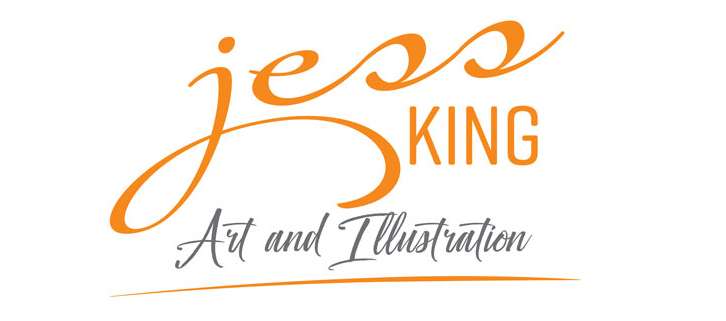Tips to Professionally Photographing Your Artwork
It’s essential for artists to have good-quality photos of their artwork, either for displaying on a website or for print reproductions. In this article, we’ll cover methods on how to photograph artwork, both simple and advanced to ensure high-quality results. This is the first impression your buyer will see and if you get it wrong they will move onto another artist who’s work is clear, squared up and as accurate in colour as it can be on screen.
Some helpful hints to get it right
Lighting
Color Balance and Exposure – The color of the room, temperatures and use of flash can all distort the color balance, resulting in blues, yellows and greys that really should more closely resemble white.
Harsh Shadows and Reflections – Ensure your light-source provides even color and no directional shadows or reflections, which can distract from your artwork. Adequate and even lighting is essential for photographing flat artwork.
Quality
Noise And/Or Compression – Avoid excessive noise by using a low ISO, (ideally between 100-200), or by shooting in sufficient light. (A cloudy day can be ideal, as the clouds work like a giant softbox). Check to ensure your camera is shooting at its highest quality settings and the file is saved at maximum quality.
Out Of Focus/Motion Blur – Review images at 100% when choosing the best shot, to ensure you also choose the best focus. (By shooting with sufficient light, you decrease the likelihood of camera shake when shooting hand-held).
Post- Production Over Filtering – Some files may benefit with post-production by adjusting color, brightness or contrast to more closely resemble the actual artwork. However, files that have been heavily post-processed, affecting confusion of medium or quality (color range) of artwork are subject to deactivation.
Upsampling – Increasing the file size only decreases quality. Instead of the misconception it will allow a file to be printed at a larger size, it actually decreases the quality in which the file will print.
Camera positioning
Avoiding glare
Intrusive Digital Signatures Or Text – Artwork celebrates the signature of the artists, representing ownership and creation; however, digital watermarks or in camera date and times make your work appear less valuable.
Composition
Parallel Angles/Rotation – If you must tilt artwork to take a photograph, ensure the camera is also at a parallel angle. A square or rectangle should have even edges.
Borders and Padding – Crop excessive blank space, artwork borders, mattes and padding.
Having a tripod will make the job a lot easier, however if you don’t have one a steady hand should still do the trick. For best results, lay the artwork flat on the ground, with the camera held above it at exactly at a 90-degree angle. Make sure you aren’t casting any shadows on the artwork below.
Glare is a problem that can ruin your images. To try eliminate glare you can create a shield that will fit over the camera lens, body and any surface that can cause reflections. A piece of black matte plastic or illustration board should do the trick.

